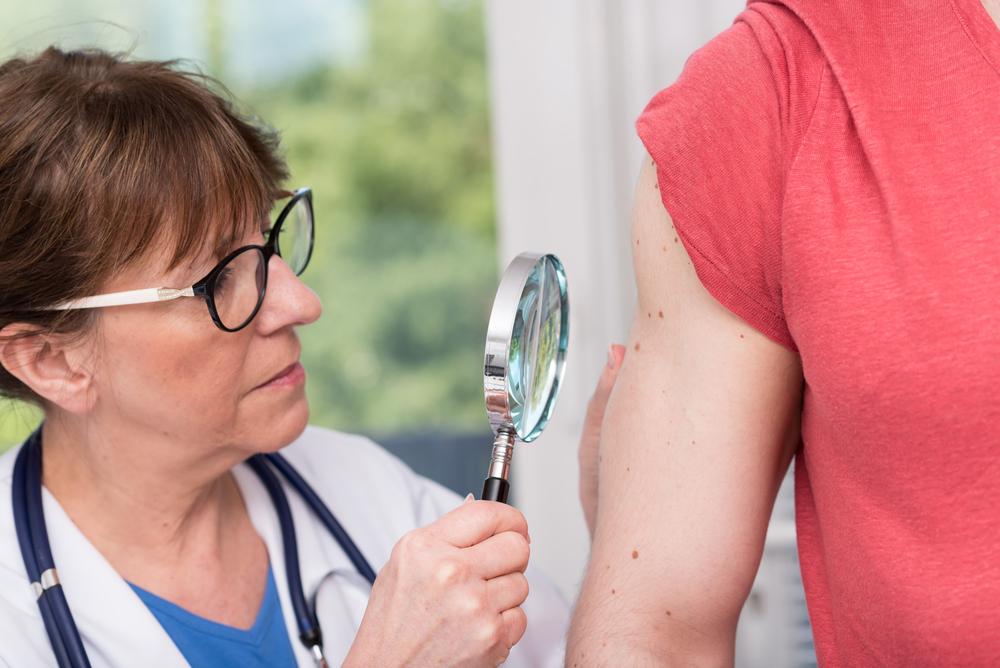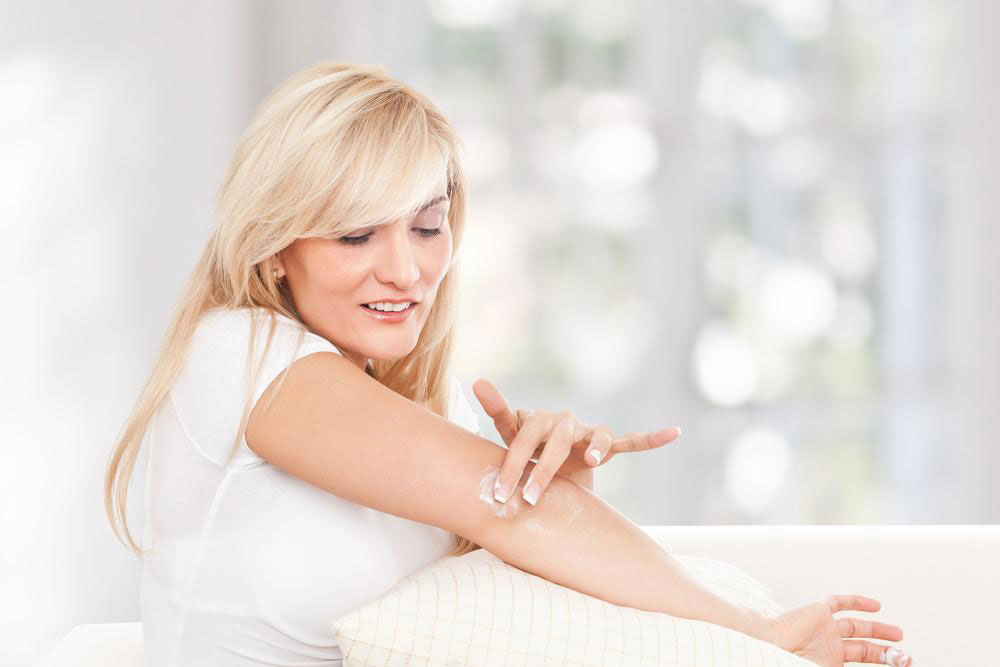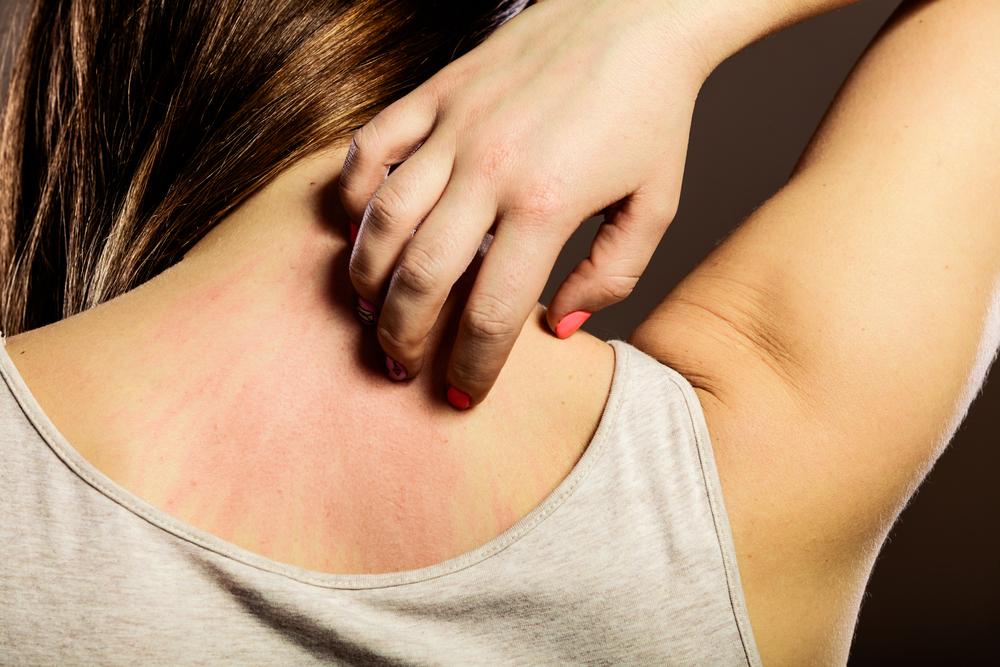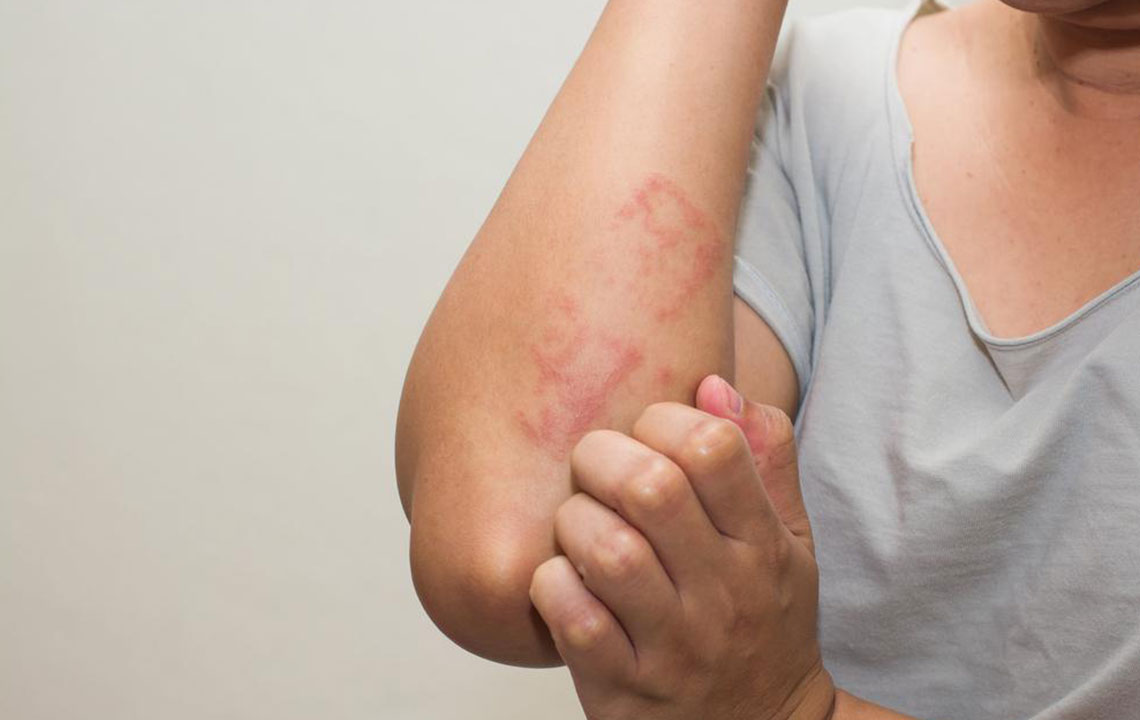Understanding the 7 Main Types of Eczema
Discover the seven primary types of eczema, their symptoms, triggers, and treatment options. Learn how to identify and manage this common skin condition effectively with guidance on when to seek medical help. Addressing eczema early can significantly improve comfort and skin health.
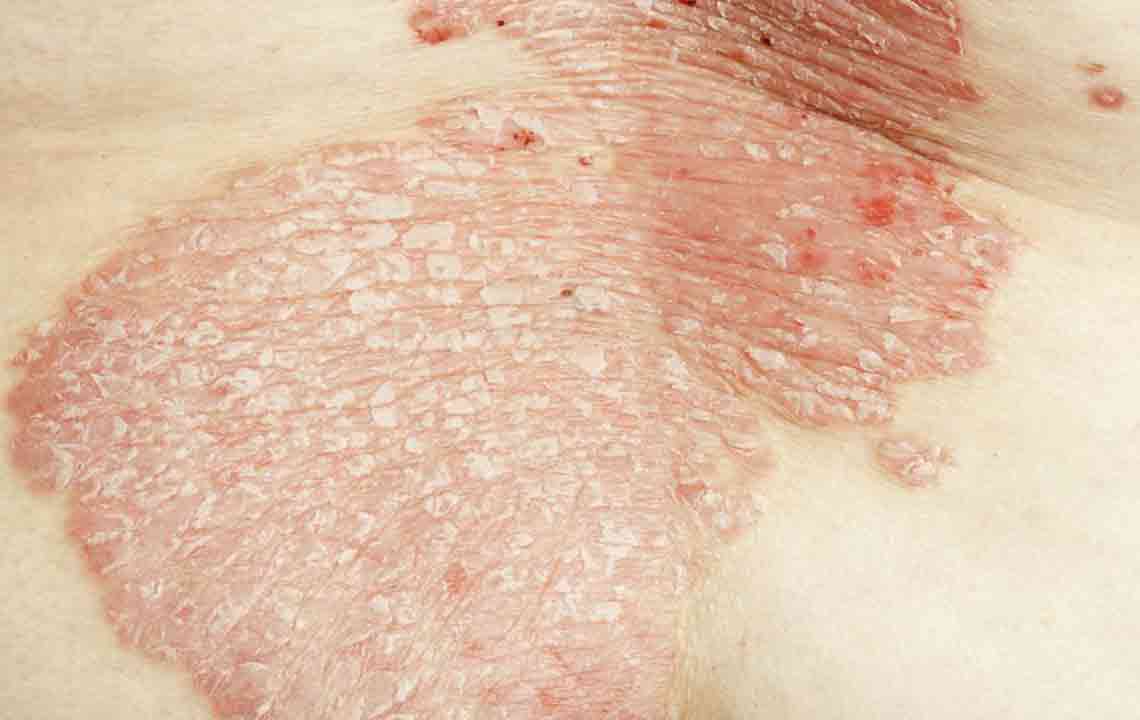
Understanding the 7 Main Types of Eczema
Eczema is an inflammatory skin condition that causes itching and irritation. Its exact cause is unknown but may be linked to genetics or sensitivity to irritants. Importantly, eczema is not contagious. Although common, it is not life-threatening but can cause significant discomfort. Treatments are available, and most cases resolve within three to four weeks. Eczema, also called dermatitis, has several forms, each with unique symptoms like redness, dryness, blisters, or peeling. Recognizing these signs can help in diagnosis, but consulting a healthcare professional is recommended for accurate assessment.
There are eight recognized types of eczema, all sharing common symptoms such as itching, redness, and dryness. Some may also involve blisters or peeling. Identifying the specific type can assist in targeted treatment. To learn more, viewing photos or descriptions online can be helpful, but visiting a healthcare provider is best for definitive diagnosis. Below are some of the most prevalent forms of eczema.
Atopic Dermatitis
Known also as atopic eczema, it causes inflamed, itchy skin, often leading to cracked patches with clear fluid. Typically appearing behind the knees or inside elbows, it may be associated with other conditions like asthma or hay fever. Managing triggers and avoiding irritants can help control this chronic condition.
Contact Dermatitis
Caused by skin contact with irritating substances, this form often affects the hands, face, or legs. It includes irritant effects from cleaners, solvents, plants like poison ivy, and allergic reactions to nickel or personal care products. With proper care, symptoms usually improve within two to three weeks.
Dyshidrotic Eczema
Features small itchy blisters on fingers, toes, palms, or soles, often triggered by jewelry containing nickel. Preventative care includes avoiding triggers, moisturizing frequently, wearing loose cotton clothing, and limited water exposure to soothe irritated skin.
Hand Eczema
Common among those exposed to water or chemicals regularly. Wearing gloves during chores involving detergents can prevent worsening. Protecting hands from irritants helps manage this persistent condition.
Neurodermatitis
Similar to atopic eczema, it presents as thickened, scaly patches on the neck, scalp, shoulders, ankles, or wrists, often discolored. Covering affected areas and moisturizing can help reduce symptoms and prevent worsening.
Seborrheic Dermatitis
A chronic form caused by yeast on the skin, it manifests as greasy, red, swollen areas with white or yellow crusts. Medical consultation is recommended to determine appropriate treatment.
Stasis Dermatitis
Occurs in areas with poor blood flow, typically in the lower legs. Symptoms include oozing and potential ulcers or infections in cracked skin, requiring medical attention for effective management.
If you suspect eczema, consulting a doctor is essential. For quick relief, searching for images, signs, and treatment tips online can be helpful, but professional diagnosis ensures proper care.


